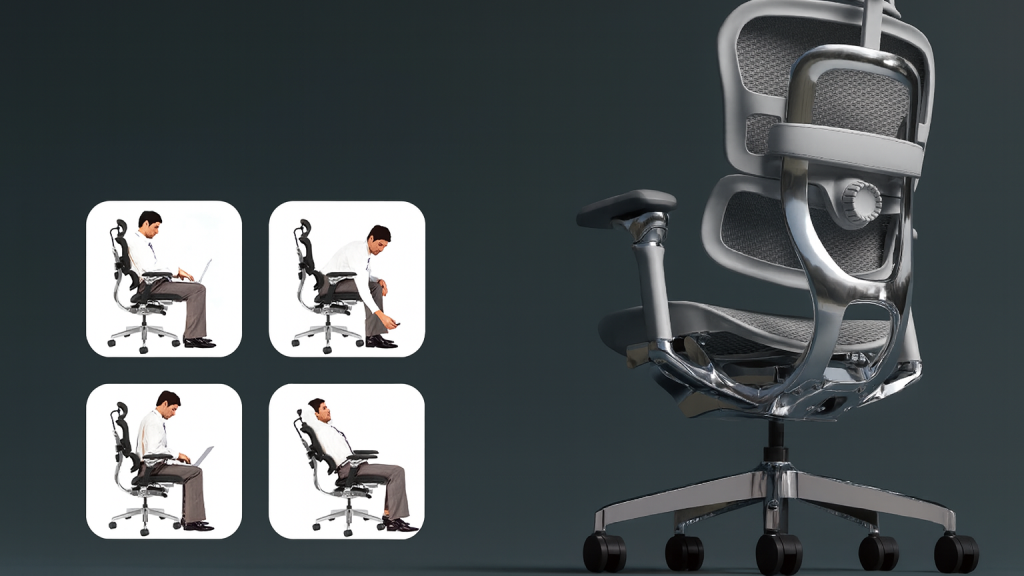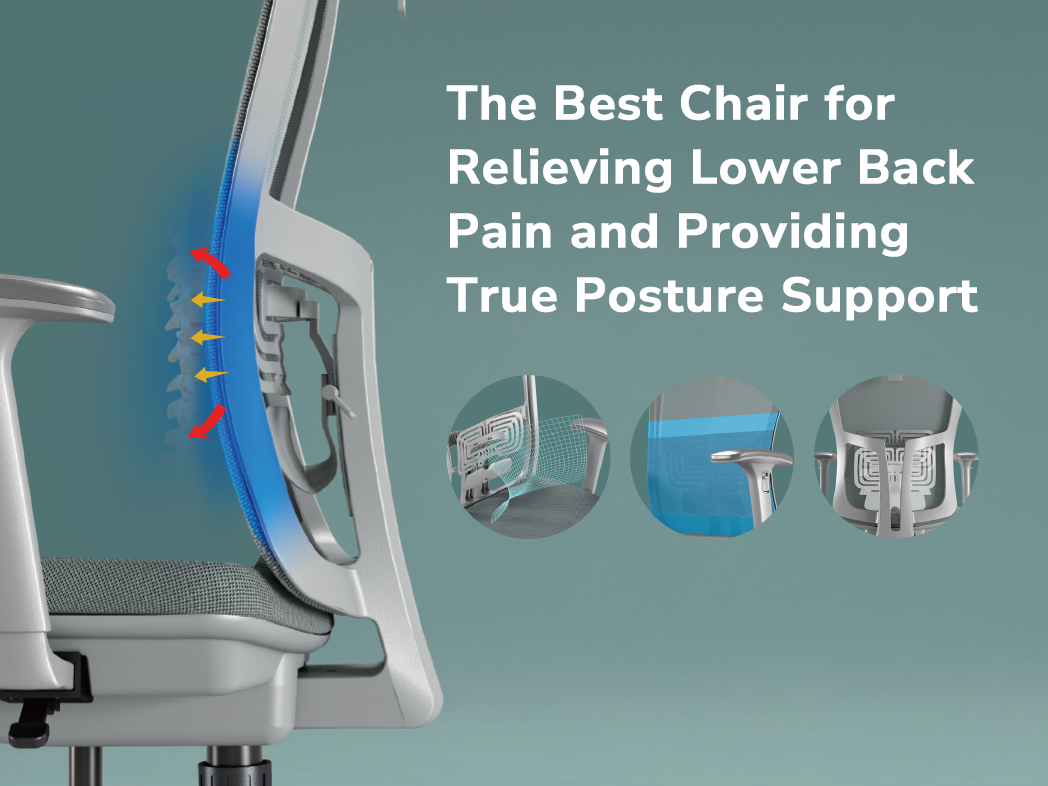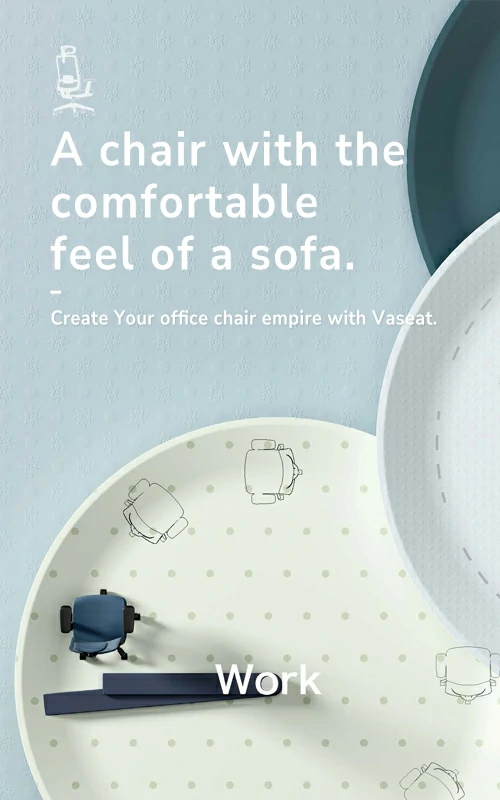Lower-back pain is one of the most common complaints among office workers. Sitting for long hours compresses spinal discs and weakens postural muscles. A poorly designed chair exaggerates the problem, while an ergonomic design restores natural curvature and supports healthy posture. Choosing the best chairs for lower back pain is not just about comfort—it’s about preventing chronic strain and maintaining long-term productivity.
Key Features Every Ergonomic Chair Should Offer
| Feature | Why It Matters |
|---|---|
| Adjustable Lumbar Support | Keeps the spine’s S-curve aligned and reduces disc pressure. |
| Seat Height & Depth Control | Allows proper 90-degree leg angle and supports thighs evenly. |
| Tilt & Recline Mechanism | Encourages micro-movement and relieves static tension. |
| Firm, Breathable Cushion | Prevents sinking and maintains circulation during long hours. |
| Durable Materials & Warranty | Ensures longevity and low maintenance cost for business buyers. |
An ergonomic chair must adapt to different body types rather than forcing users to adapt to it. Flexibility = comfort = sustained focus.
How to Evaluate the Best Chairs for Lower Back Pain
Identify Employee Needs
Survey staff to understand sitting time, posture issues, and back-pain frequency. A company using sit-stand stations will require different adjustments from those with fixed desks.
Check Ergonomic Certifications
Look for BIFMA or EN 1335 compliance. Certified products prove that seat depth, back support, and stability meet international standards.
Test Before Bulk Purchase
Let several employees test 2–3 models for a week. Collect feedback on lumbar support, seat comfort, and adjustability.
Consider Maintenance & Warranty
The best chairs for lower back pain come with at least five years of coverage and replaceable parts. That lowers your total cost of ownership.
Think Long-Term ROI
High-quality chairs reduce absenteeism, improve focus, and cut replacement expenses—making them a true investment in workforce health.

Practical Tips for Healthy Sitting
- Adjust height first: Feet flat, knees slightly below hips.
- Set lumbar support: Curve aligns with lower spine, not mid-back.
- Recline periodically: A 15–20° tilt relieves disc pressure.
- Take micro-breaks: Stand and stretch every 30 minutes.
- Educate staff: Even the best chair fails if used incorrectly.
A short training session on posture and chair adjustment often prevents pain more effectively than medical treatments later.
Selecting the Right Supplier
When sourcing in bulk, evaluate potential suppliers on three fronts:
- Quality Control: Ask about testing standards and component traceability.
- Customization: Offer options for fabric, color, and armrest design to match office aesthetics.
- After-Sales Service: Reliable warranty support ensures fewer downtime issues.
A trustworthy partner provides ergonomic data sheets, assembly guides, and replacement parts plans.
Business Impact of Ergonomic Chairs
Companies that upgrade to ergonomic seating typically observe:
- 20–25 % reduction in back-pain complaints
- Improved focus and employee satisfaction
- Fewer sick days linked to musculoskeletal stress
- Longer product lifespan per unit
This aligns with the broader corporate trend toward workplace wellness and sustainability.
Frequently Asked Questions
Q1: Can a chair really fix back pain?
A chair alone won’t “cure” it, but ergonomic support reduces stress on the lumbar spine and prevents recurrence.
Q2: How long should an office chair last?
For heavy daily use, expect 5–8 years of peak performance with regular maintenance.
Q3: Is a mesh back better than foam?
Mesh offers breathability; foam provides softer contact. Choose based on climate and usage time.
Conclusion
Finding the best chairs for lower back pain means identifying models that combine lumbar support, adjustability, and long-term value. For business owners and office managers, investing in ergonomic chairs is an investment in people—reducing pain, enhancing focus, and promoting a healthier, more productive workspace.


